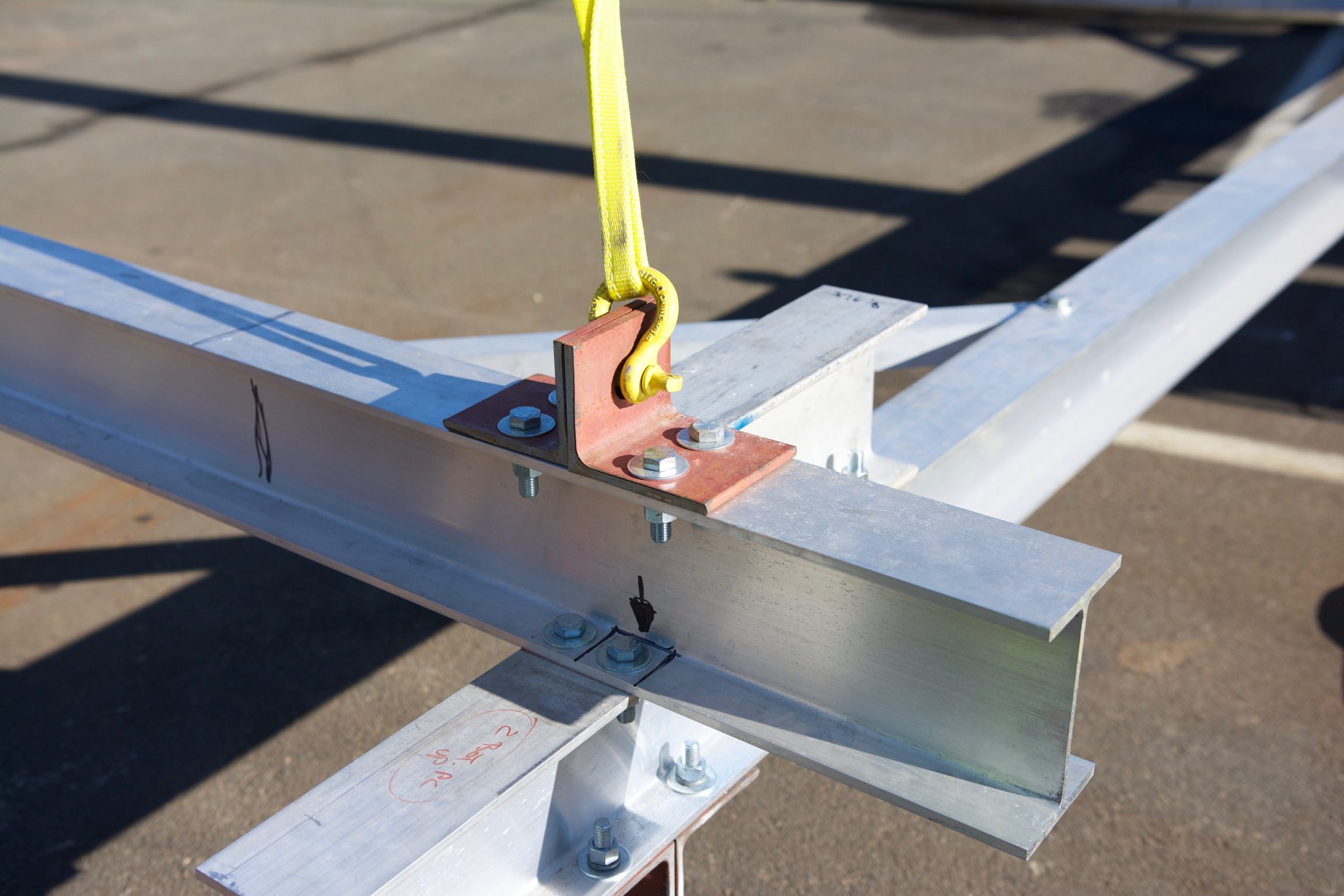EFFECTIVE DATES
CRANE SAFETY DEVICES
Dec. 16, 1969
Boom Hoist Upper Limit Protection
Oct. 31, 1984
Power down boom hoist (except if the device is a Floating Crane/Derrick or a Land Crane/Derrick on a vessel /Flotation device)
Feb. 28, 1992
Anti-Two-Block Protection - Motion Limiting for Hydraulic Cranes and alarms for Friction Cranes
Dec. 31, 1999
Anti-Two-Block Protection - Articulating Cranes with Winches
March 29, 2003
Load weighing devices (Derricks and Articulating devices exempt) included: LMI, RCI, LML, RCL
Nov. 8, 2011
Anti-Two-Block Motion Limiting Protection for Lattice Boom Cranes & Derricks
Load Weighing Overload Protection (LMI & IML) for Articulating Cranes
Outrigger/Stabilizer (Horizontal beam extension position) sensor/monitor
Hoist Drum Rotation Indicator if Hoist Drum is not visible from the operator’s station
Safe access and Egress between ground and operators cab, machinery platforms and tower masts
Load weighing device on dedicated pile drivers
DEC. 10, 2018
Operator Certification
Feb. 7, 2019
Operator Qualification
SAFETY DEVICES AND
OPERATIONAL AIDS
SAFETY DEVICES
• Crane Level Indicators (can be a handheld level)
• Boom Back Stops (lattice cranes)
• Jib Stops
• Foot Pedal Brake Locks
• Hydraulic Outrigger Integral Check Valves
• Rail Clamps on Rail-Mounted Devices
• Signal Horn (can be a portable air horn)
OPERATIONAL AIDS / CATEGORY 1
• Boom Hoist Limiting Device
• Luffing Jib Limiting Device
• Anti-Two Block Device
OPERATIONAL AIDS / CATEGORY 2
• Boom Angle or Radius Indicator
• Luffing Jib Angle Indicator
• Boom Length Indicator (telescopic cranes)
• Load Weighing and Similar Devices
• Outrigger/Stabilizer Position Sensor/Monitor
• Hoist Drum Rotation Indicator
SAFETY DEVICES
If any safety device listed is not in proper working order, then the equipment must be taken out of service until the device is working properly. Alternative measures are not permitted to be used except for the crane level indicator and signal horn.
CATEGORY I EXPLANATION
If any operational aids in category 1 stop working properly, then the operator must safely stop operations until temporary alternative measures are implemented or the device is again working properly.
Repairs must be completed no later than 7 calendar days.
Exception: if parts are ordered within 7 calendar days and repairs completed within 7 calendar days of receipt of parts.
CATEGORY II EXPLANATION
If any operational aids in category 2 stop working properly, then the operator must safely stop operations until temporary alternative measures are implemented or the device is again working properly.
Repairs must be completed no later than 30 calendar days.
Exception: if parts are ordered within 7 calendar days and repairs completed within 7 calendar days of receipt of parts.



